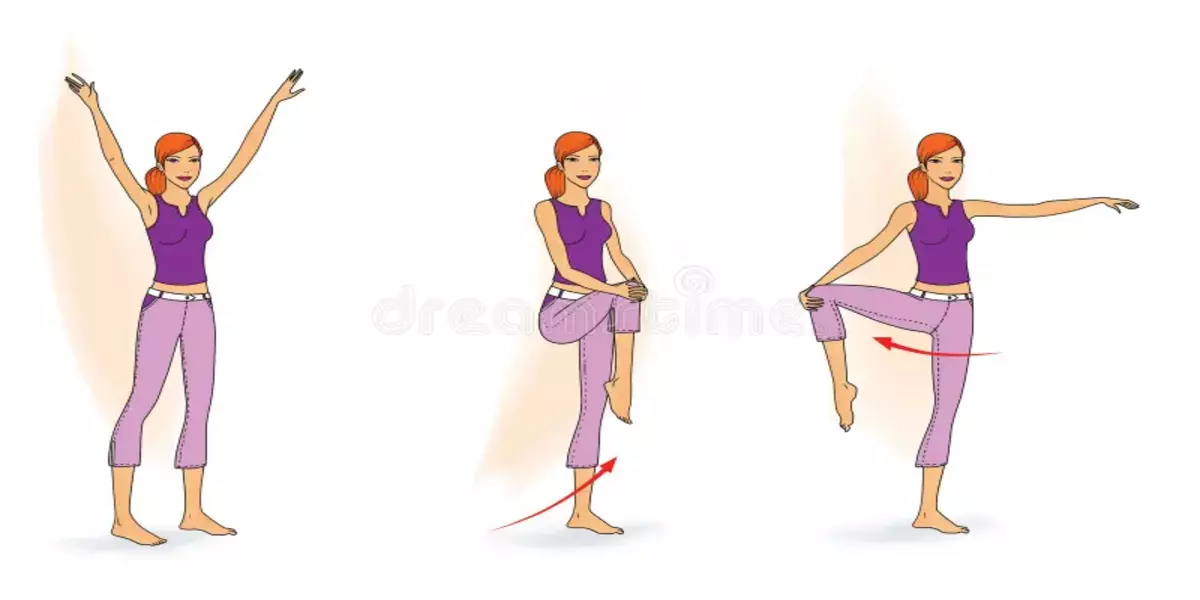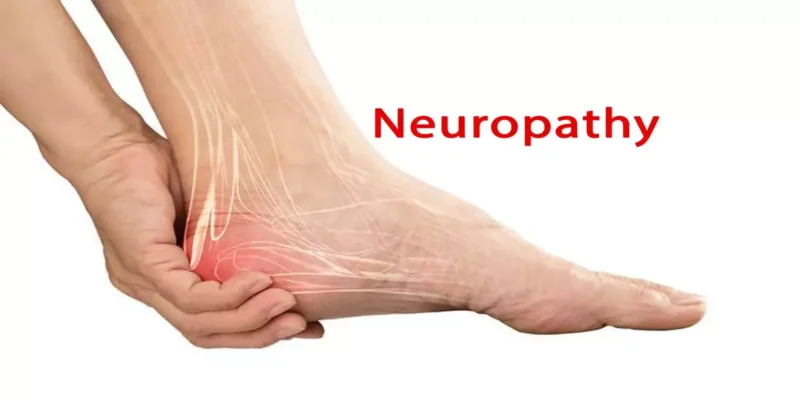[ez-toc]
Nerve pain, also known as neuropathy, can be a challenging condition that affects millions of people worldwide. It is characterized by tingling, numbness, and a burning sensation in the affected areas.
While medical treatments are available, incorporating specific exercise strategies into your routine can help alleviate neuropathy symptoms and improve your overall quality of life.
In this article, we will explore exercise strategies that can provide relief from nerve pain and promote neuropathy management.
Introduction
Neuropathy refers to the damage or dysfunction of the peripheral nerves, often leading to symptoms such as pain, numbness, and weakness.
It can be caused by various factors, including diabetes, certain medications, infections, and traumatic injuries. While there is no cure for neuropathy, exercise can play a significant role in managing symptoms, improving circulation, and enhancing overall well-being.
Understanding Neuropathy
Neuropathy can affect different nerves in the body, leading to a wide range of symptoms. Common types of neuropathy include diabetic neuropathy, peripheral neuropathy, and post-herpetic neuropathy.
Symptoms may vary from mild to severe and can impact daily activities and quality of life.
It is important to work with a healthcare professional to accurately diagnose and develop a comprehensive treatment plan for managing neuropathy.
Benefits of Exercise for Neuropathy
Engaging in regular exercise offers several benefits for individuals with neuropathy:
- Improved circulation: Exercise promotes blood flow to the extremities, providing vital nutrients and oxygen to damaged nerves.
- Pain reduction: Physical activity stimulates the release of endorphins, which are natural pain-relieving chemicals in the body.
- Nerve function improvement: Regular exercise can enhance nerve signaling and improve the function of damaged nerves.
- Enhanced balance and coordination: Certain exercises can improve balance and coordination, reducing the risk of falls and injuries.
Exercise Strategies for Neuropathy Relief
When incorporating exercise into your neuro pathy management routine, consider the following strategies:
Low-Impact Aerobic Exercises

Low-impact aerobic exercises are gentle on the joints and promote cardiovascular health. Engaging in activities such as walking, swimming, cycling, or using an elliptical machine can improve circulation, reduce pain, and enhance overall fitness. Start with 10-15 minutes of exercise per session and gradually increase the duration as tolerated.
Strength Training

Strength training exercises help build muscle mass and increase overall strength. Focus on exercises that target major muscle groups, such as squats, lunges, bicep curls, and tricep extensions.
Also Read: Exercises for Alleviating Foot Pain: Strengthening and Stretching Techniques
Begin with light weights or resistance bands and perform 8-12 repetitions for 2-3 sets. Proper form and technique are essential to prevent injuries.
Balance and Coordination Exercises

Improving balance and coordination can reduce the risk of falls, which is especially important for individuals with neuro pathy.
Consider exercises like tai chi, yoga, or balance training exercises that involve standing on one leg or using stability balls. Perform these exercises under the guidance of a qualified instructor to ensure safety and effectiveness.
Stretching and Flexibility Exercises

Stretching exercises help maintain or improve flexibility, which can alleviate muscle tightness and improve range of motion.
Focus on gentle stretches for major muscle groups, including the legs, arms, neck, and back. Hold each stretch for 15-30 seconds, and remember to breathe deeply and relax into the stretch.
Mind-Body Exercises

Mind-body exercises, such as yoga and meditation, can help reduce stress and promote relaxation. Stress management is crucial for individuals with neuropathy, as stress can worsen symptoms.
Explore different mindfulness techniques, deep breathing exercises, and guided meditation practices to find what works best for you.
Tips for Exercising with Neuropathy
Consider the following tips to ensure a safe and effective exercise routine for neuropathy relief:
- Consult a healthcare professional: Before starting any exercise program, consult with a healthcare professional to determine the most appropriate exercises and intensity level for your specific condition.
- Start slowly: Begin with low-intensity exercises and gradually increase the duration and intensity as your tolerance improves.
- Listen to your body: Pay attention to any pain, discomfort, or worsening symptoms during or after exercise. Modify or stop activities that cause excessive pain or discomfort.
- Wear appropriate footwear: Use supportive, well-fitted shoes that provide cushioning and stability to protect your feet and reduce the risk of injuries.
- Stay hydrated: Drink plenty of water before, during, and after exercise to prevent dehydration.
Conclusion
Exercise is a valuable component of managing neuropathy symptoms and promoting overall well-being.
By incorporating low-impact aerobic exercises, strength training, balance and coordination exercises, stretching and flexibility exercises, and mind-body exercises into your routine, you can experience relief from nerve pain and improve your quality of life.
Always work closely with a healthcare professional to develop an individualized exercise plan that addresses your specific needs and abilities.



